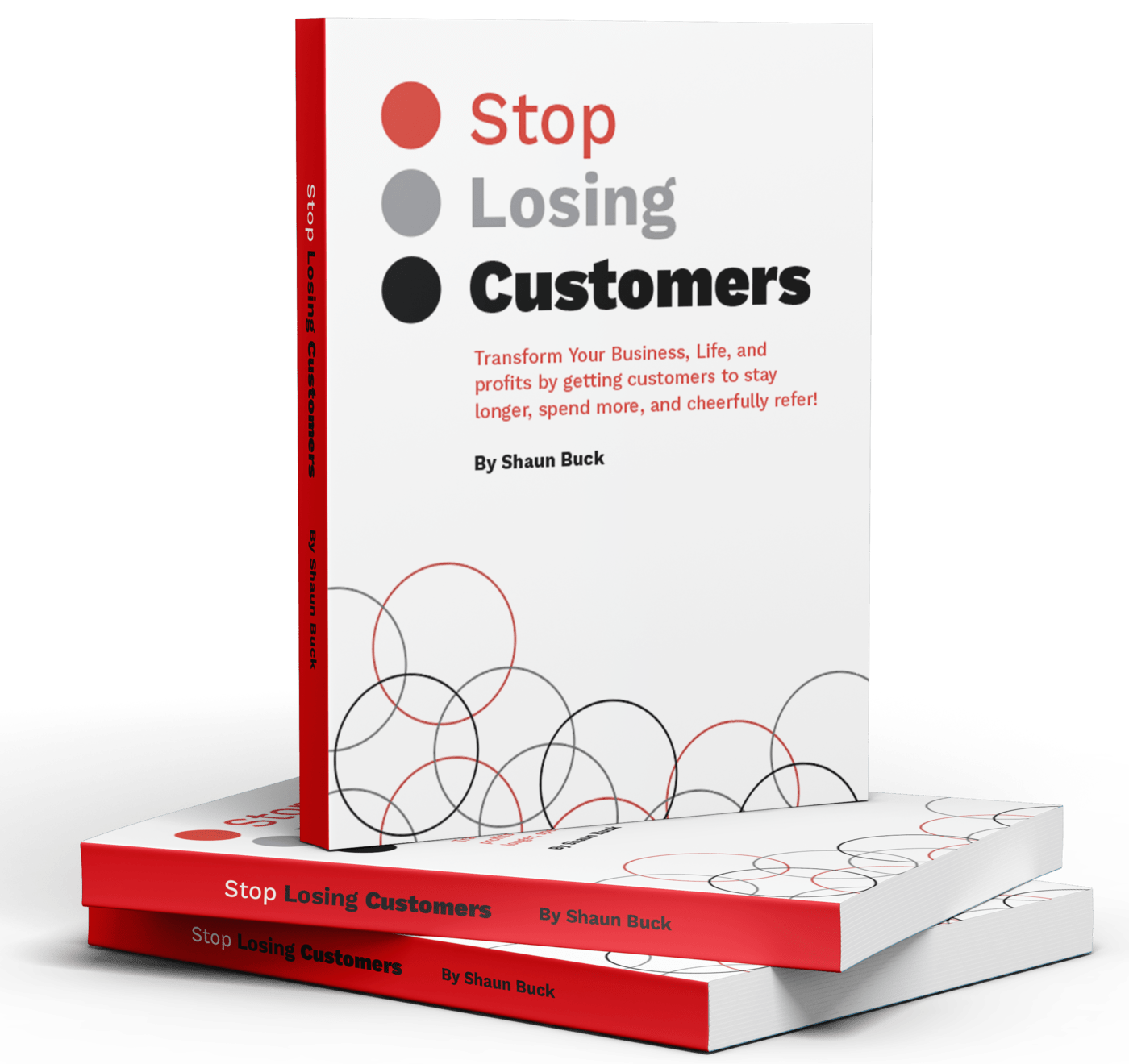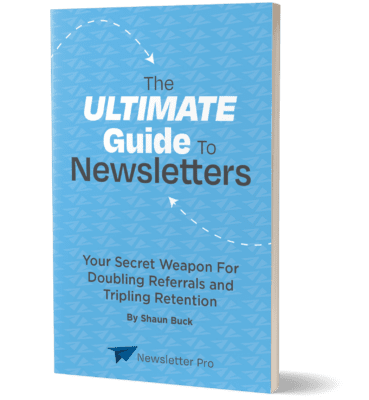In the bustling world of digital communication, your email’s subject line serves as the gatekeeper to your message. It’s more than just a string of words; it’s the first impression you make on your readers, and often, it’s the deciding factor in whether your email gets opened or sent straight to the trash. Crafting the perfect subject line is both an art and a science, requiring a blend of creativity, psychology, and best practices. This guide will delve into the intricacies of writing compelling subject lines that capture attention and drive engagement.
Why Subject Lines Matter
Subject lines are more than just a preview of your email content. They play a pivotal role in determining your email’s success. A well-crafted subject line can significantly increase your open rates, leading to higher engagement and conversions. On the other hand, a poorly written subject line may cause your email to be ignored or marked as spam.
The Role of First Impressions
First impressions are crucial in digital communication. In an era where attention spans are dwindling, your subject line is often the only chance you have to make a positive impression. A compelling subject line can make the difference between a recipient opening your email or scrolling past it. This initial interaction can set the tone for the entire communication, making it crucial to get it right.
Emotional Triggers in Subject Lines
Subject lines that evoke emotions can be particularly powerful. Whether it’s excitement, curiosity, or urgency, tapping into the emotional responses of your audience can compel them to open your email. Understanding the emotional triggers of your target audience allows you to craft subject lines that resonate on a deeper level, leading to higher engagement rates.
The Cost of Ignored Emails
Every ignored email represents a missed opportunity. Whether it’s a lost sale, a missed chance to share important information, or a failure to connect with your audience, the cost of a poorly crafted subject line can be significant. Understanding the impact of your subject line on open rates and engagement is essential for maximizing the effectiveness of your email campaigns.

Elements of a Compelling Subject Line
To write subject lines that resonate with your audience, consider incorporating these key elements:
1. Clarity and Brevity
Keep your subject lines concise and to the point. Most email clients display around 60 characters, so aim to convey your message within this limit. Use clear and straightforward language that tells the reader exactly what to expect.
The Power of Simplicity
Simplicity in subject lines can enhance comprehension and appeal. By stripping away unnecessary words and getting straight to the point, you make it easier for readers to understand your message. Simple, clear subject lines are more likely to catch the eye and lead to higher open rates.
Avoiding Overly Complex Language
Using complex language or jargon can alienate your audience. Subject lines should be accessible to all readers, regardless of their background or expertise. By avoiding complicated phrases and technical terms, you ensure that your message is understood by a broader audience.
Balancing Brevity and Information
While brevity is crucial, it’s also important to ensure that your subject line provides enough information to intrigue the reader. Finding the balance between being concise and informative can be challenging, but it’s essential for capturing the interest of your audience.
2. Personalization
Personalized subject lines have been shown to increase open rates. Use the recipient’s name or reference their past interactions with your brand. This approach makes your email feel more tailored and relevant.
Using Recipient Data Wisely
Leveraging data about your recipients can enhance personalization. By referencing past purchases, browsing history, or specific interactions, you can craft subject lines that speak directly to individual interests and needs. This level of personalization can significantly boost engagement.
Beyond Just a Name
While including a recipient’s name can be effective, true personalization goes beyond this. Consider incorporating other personal details or preferences into your subject lines to create a deeper connection. This might involve mentioning a recent event they attended or a product they showed interest in.
The Risks of Over-Personalization
While personalization can be powerful, overdoing it can backfire. If a subject line feels too intrusive or overly familiar, it may put off recipients. Striking the right balance between personalization and privacy is key to maintaining trust and engagement.
3. Urgency and Scarcity
Creating a sense of urgency or scarcity can motivate readers to act quickly. Phrases like “limited time offer” or “only a few spots left” can prompt immediate engagement.
Psychological Drivers of Urgency
Urgency taps into the fear of missing out (FOMO), a powerful psychological driver. By highlighting limited availability or time-sensitive offers, you can create a sense of urgency that compels readers to act. Understanding these psychological triggers can help you craft more effective subject lines.
Effective Use of Time Constraints
Using time constraints effectively can enhance the impact of your subject lines. Clearly stating deadlines or countdowns can create a sense of urgency that encourages prompt action. However, it’s important to ensure that these constraints are genuine and not overused, as this can lead to skepticism.
Balancing Scarcity with Authenticity
While scarcity can drive action, it’s important to maintain authenticity. Overusing scarcity tactics or exaggerating limitations can lead to mistrust. Being transparent and honest about your offers ensures that your urgency and scarcity tactics are perceived as credible and trustworthy.
4. Curiosity
Spark curiosity by asking a question or hinting at something intriguing. This encourages readers to open your email to satisfy their curiosity.
The Role of Mystery in Subject Lines
Mystery can be a powerful tool for engaging readers. By hinting at something intriguing or leaving out key details, you can pique curiosity and encourage recipients to open your email to learn more. This approach can be particularly effective when combined with compelling content.
Crafting Intriguing Questions
Asking questions in your subject lines can also drive curiosity. Questions prompt readers to seek answers, making them more likely to open your email. To maximize this effect, ensure that your questions are relevant and engaging, sparking a desire for further information.
Avoiding Clickbait Tactics
While curiosity can be effective, it’s important to avoid clickbait tactics. Misleading or overly sensational subject lines may lead to initial opens, but they can damage trust and result in higher unsubscribe rates. Ensuring that your subject line aligns with the content of your email is crucial for maintaining credibility.
5. Relevance
Make sure your subject line is relevant to the recipient. Segment your audience and tailor your subject lines to address their specific needs and interests.
Understanding Audience Segmentation
Audience segmentation allows for more targeted and relevant subject lines. By dividing your audience into smaller groups based on demographics, behavior, or preferences, you can craft messages that resonate more deeply with each segment. This level of personalization can significantly enhance engagement.
Aligning Content with Subject Lines
Ensuring that your subject line aligns with the content of your email is essential for maintaining relevance. A disconnect between the two can lead to disappointment and reduce trust. By delivering on the promises made in your subject line, you enhance the overall user experience.
Keeping Up with Changing Interests
Audience interests can change over time, making it important to regularly update your subject lines. By staying attuned to shifts in preferences and trends, you can ensure that your messages remain relevant and engaging.

Proven Strategies for Writing Effective Subject Lines
Now that we understand the components of a strong subject line, let’s explore some strategies to help you craft headlines that get opened.
1. Use Action-Oriented Language
Encourage readers to take action by using verbs in your subject lines. Words like “discover,” “join,” “explore,” and “get” can prompt engagement and drive clicks.
The Impact of Active Verbs
Active verbs inject energy and urgency into your subject lines. They encourage readers to take immediate action, whether it’s opening an email, signing up for a webinar, or making a purchase. Understanding the power of active language can help you craft more compelling subject lines.
Creating a Sense of Movement
Action-oriented language creates a sense of movement and momentum. By using dynamic verbs, you convey a sense of progress and encourage recipients to join in on the journey. This approach can be particularly effective for emails related to events, promotions, or new offerings.
Testing Different Action Words
Experimenting with different action words can help identify which resonate best with your audience. A/B testing various verbs and phrases can provide valuable insights into what drives engagement and clicks, allowing you to refine your subject lines over time.
2. Incorporate Numbers
Numbers can make your subject lines stand out and convey a clear message. They can also create a sense of structure and organization. For example, “5 Tips for Writing Better Subject Lines” or “3 Reasons Your Email Isn’t Getting Opened.”
The Psychological Appeal of Numbers
Numbers have a unique psychological appeal. They offer a sense of specificity and clarity, making your subject line more enticing. By providing concrete information, numbers can help set clear expectations for your readers.
Structuring Content with Lists
Lists are a popular format for content because they promise a clear and organized presentation of information. Subject lines that reference lists can attract readers who appreciate structured content. Using numbers to highlight lists can also convey a sense of value and importance.
Balancing Quantity and Quality
While numbers can be effective, it’s important to balance quantity with quality. Overloading a subject line with too many numbers can be overwhelming, while too few may not convey enough information. Finding the right balance ensures that your subject line remains clear and appealing.
3. Leverage Emojis
Emojis can add a visual element to your subject line, making it more eye-catching and engaging. However, use them sparingly and ensure they align with your brand’s tone and message.
The Visual Impact of Emojis
Emojis add a splash of color and visual interest to your subject lines. In a sea of text, they can make your email stand out and catch the reader’s eye. However, it’s important to use them strategically to enhance, rather than distract from, your message.
Aligning Emojis with Brand Identity
Emojis should be consistent with your brand’s tone and identity. While they can add a playful or informal touch, it’s crucial to ensure they align with the overall message you want to convey. Using emojis that resonate with your brand can enhance recognition and engagement.
Avoiding Overuse
While emojis can be effective, overusing them can diminish their impact. Too many emojis can make your subject line appear cluttered or unprofessional. By using them sparingly and strategically, you can maintain their effectiveness without detracting from your message.
4. A/B Testing
Experiment with different subject lines to see what resonates best with your audience. A/B testing allows you to compare the performance of two or more subject lines and refine your approach based on data.
The Science of A/B Testing
A/B testing is a data-driven approach that allows you to compare different subject lines. By testing variations and analyzing the results, you can gain insights into what works best for your audience. This method provides a scientific basis for refining your subject lines over time.
Setting Up Effective Tests
Setting up effective A/B tests involves careful planning and execution. It’s important to define clear objectives, choose relevant metrics, and ensure a large enough sample size for meaningful results. By following best practices, you can maximize the value of your A/B testing efforts.
Learning and Adapting
A/B testing is an ongoing process that requires continuous learning and adaptation. By analyzing the results of your tests, you can identify trends and patterns that inform your future subject line strategies. This iterative approach ensures that your subject lines remain effective and engaging.
5. Avoid Spam Triggers
Certain words and phrases can trigger spam filters, sending your email straight to the junk folder. Avoid using all caps, excessive punctuation, and phrases like “free” or “guaranteed.”
Understanding Spam Filters
Spam filters are designed to protect users from unwanted or malicious emails. They use algorithms to scan for certain keywords and patterns that indicate spam. Understanding how these filters work can help you craft subject lines that avoid triggering them.
Common Spam Triggers
Certain words and phrases are commonly associated with spam. These include terms like “free,” “guaranteed,” and “act now.” By avoiding these triggers and focusing on genuine, valuable content, you can improve your chances of reaching your recipients’ inboxes.
Crafting Credible Subject Lines
Crafting credible subject lines involves striking a balance between being persuasive and avoiding spammy tactics. By focusing on clarity, relevance, and authenticity, you can create subject lines that engage your audience without raising red flags for spam filters.

Examples of Successful Subject Lines
Let’s take a look at some examples of subject lines that have proven successful in increasing open rates:
- “Your Exclusive Invite Inside” (Curiosity and Exclusivity)
- “Don’t Miss Out: 24-Hour Flash Sale” (Urgency and Scarcity)
- “How to Master the Art of Email Marketing” (Action-Oriented and Educational)
- “John, Here’s Your Personalized Offer” (Personalization and Relevance)
Analyzing Successful Examples
Analyzing successful subject lines can provide valuable insights into what works. By examining the elements that contribute to their success, you can identify strategies to apply to your own subject lines. Consider factors such as language, structure, and emotional appeal when evaluating examples.
Learning from Industry Leaders
Industry leaders often set the standard for effective subject lines. By studying their approaches and understanding the strategies they use, you can gain inspiration and ideas for your own campaigns. Look for examples from well-known brands in your industry for relevant insights.
Adapting Strategies to Your Audience
While successful examples can be instructive, it’s important to adapt strategies to suit your unique audience. Consider the preferences, behaviors, and needs of your recipients when crafting subject lines. By tailoring your approach, you can ensure that your messages resonate with your specific audience.
Conclusion
Crafting the perfect subject line is an essential skill for any marketer or communicator. By understanding the elements of a compelling subject line and implementing proven strategies, you can increase your email open rates and drive better engagement with your audience. Remember to keep your subject lines clear, relevant, and tailored to your audience’s needs. With practice and experimentation, you’ll be able to master the art of writing headlines that get opened.
The Journey to Mastery
Mastering the art of subject lines is an ongoing journey. It requires continuous learning, experimentation, and adaptation to changing trends and audience preferences. By committing to this process, you can refine your skills and consistently achieve better results in your email campaigns.
The Importance of Continuous Improvement
Continuous improvement is key to staying ahead in the world of digital marketing. By regularly reviewing and analyzing your subject line performance, you can identify areas for growth and make data-driven decisions. This commitment to improvement ensures that your emails remain effective and engaging.
Making Every Impression Count
Your subject line is your first opportunity to make an impression. In the crowded landscape of digital communication, making it count is essential. By applying the principles outlined in this guide, you can craft subject lines that capture attention, drive engagement, and achieve your communication goals.
Contact Newsletter Pro for Quality Newsletters
Ready to elevate your email marketing game? Contact Newsletter Pro today for expertly crafted newsletters that engage your audience and drive results. Our team specializes in creating compelling content that resonates with your readers and enhances your brand’s identity. Don’t miss out on the opportunity to improve your email open rates and overall engagement. Reach out now to get started!






